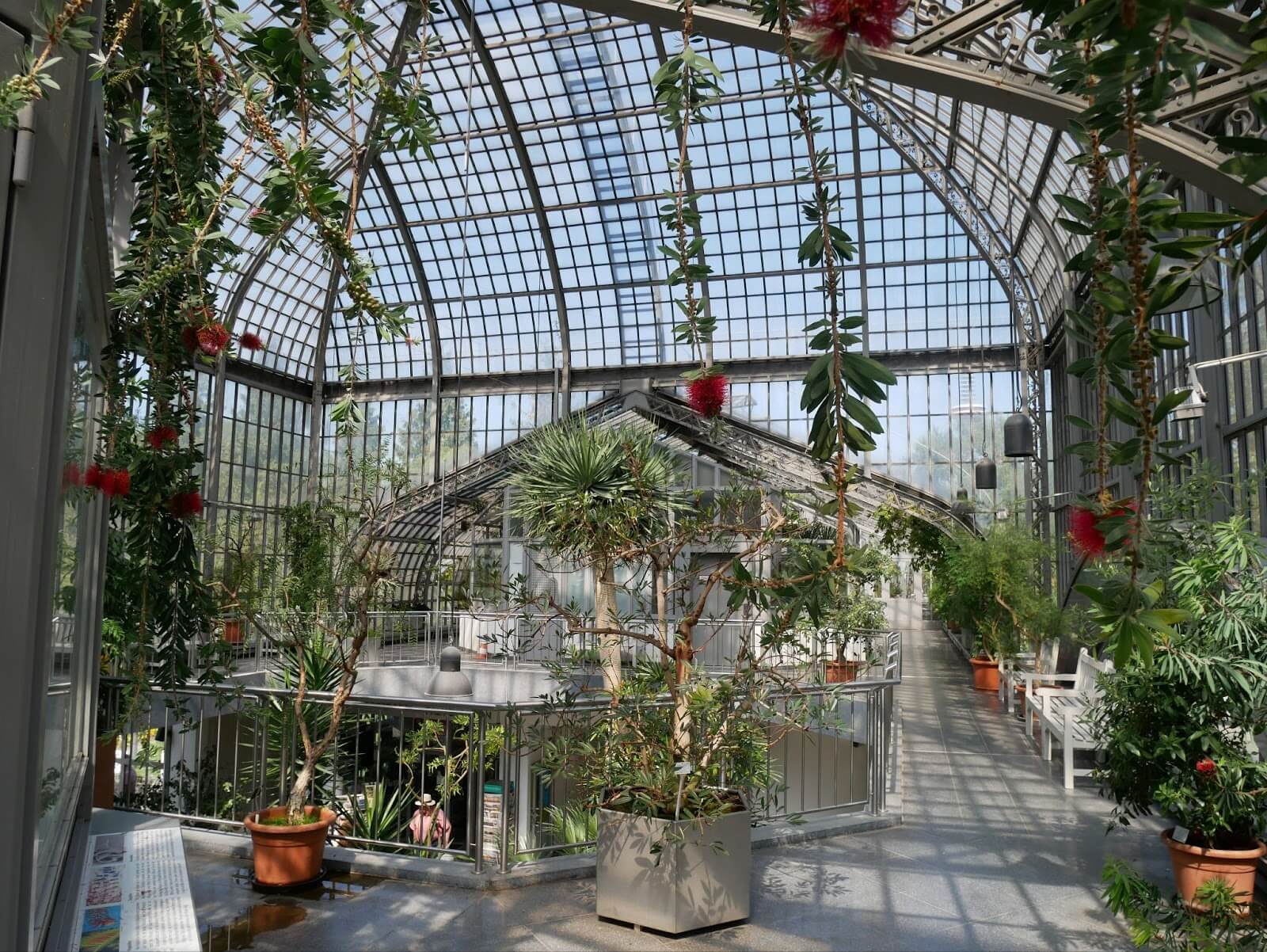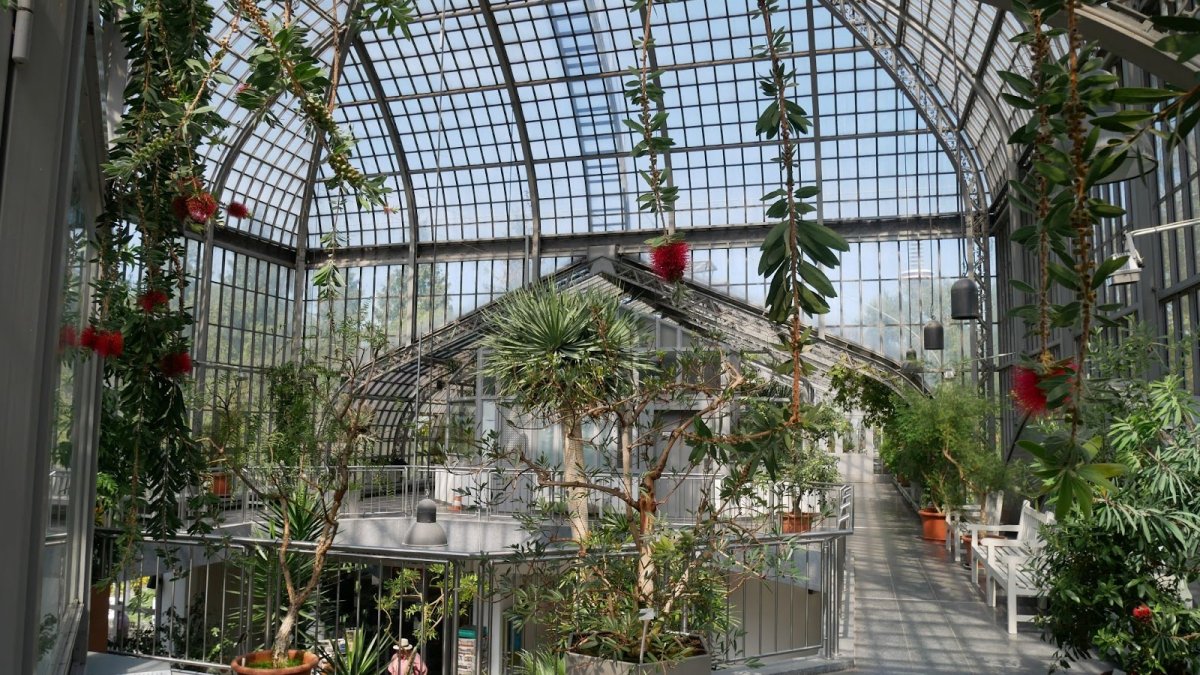
Weather patterns have always had an effect on plant agriculture. Each crop requires specific conditions, such as certain temperatures, humidity, soil type, water levels, and much more.
The greenhouse is a 19th-century invention that attempts to control the elements that a growing crop is exposed to in an attempt to achieve optimum yields. Typically, this includes control of:
- Humidity
- Sunlight
- Ventilation
- Temperature
Greenhouse designs have changed over the years with changing technologies. Below are three beautiful greenhouse design examples.
1. Gabled Roof Design
Borrowing from the barn shape and design with the same name, a gabled roof greenhouse provides a practical solution for green housing by providing adequate space for plant growth. This is the most common type of greenhouse design. For people that have plans to sell their house with a greenhouse on the property, you can expect bigger returns once you put it on the market. Homeowners are taking garden growing at home more seriously than ever before.
This type of roof design can accommodate a large number of growing plants and provides for automation of element control. This is also a reason behind installing Honeywell thermostats in their homes. It requires a large area for construction though dimensions can be adjusted to cater to the existing property size. Plants that are suitable for growing in such a greenhouse design include:
- Perennial crops: vegetables
- Potted plants: flowers
2. A-Frame Design
While greenhouses should be built large enough to accommodate for functionality, the A-frame design is meant for smaller spaces. The design is best for:
- Germination of seedlings to be transplanted
- Small plants
- Small-sized properties
The design features the letter A shape, which minimizes the cost of materials required for construction while maximizing the available space for planting. Properties in urban settings are also likely to find this design more practical as it is adjustable to existing property designs.
3. Hinged Hoop House Design
A hoop house is basically a small greenhouse, but it still has the same functionality as a big commercial greenhouse. It features curved frames with an arching roof as well as hinged sides that allow the owners to access the plants. It is a very cost-effective design that can utilize available recycled or reused materials, such as plastic wrappings and PVC pipes. Even though the functionality is diminished owing to the lack of automation of the controls such as humidity and temperature controls, it does basic greenhouse functions and can be used to protect the plants against adverse elements such as frost and excess winds.
It is also a cost-effective design that works tremendously well for properties that have limited available space such as those located in urban areas. It is useful for the growth of small plants, seedbeds as well as potted plants.
Conclusion
While different greenhouse designs ultimately point towards unique user personalities, functionality and cost are major factors that one should consider when choosing a greenhouse design for their property. The type of crops to be planted, use of the crops, and the size of the property are also worthy considerations the owner should take into account before designing their greenhouse. Local laws governing greenhouse or agriculture as well as environmental weather conditions, such as the frequency of occurrence of tornadoes, should also be highly regarded.
Emily Hawthorne
Related posts
Stay connected
Today's pick
- Safety Essentials Every CNC Operator Should Follow DailyCNC machining demands precision, consistency, and discipline—but above all, it requires strict attention to safety. Whether you’re working with mills, lathes, routers, or grinders, every machine has the potential to cause serious injury if mishandled. That’s why CNC operators must follow safety protocols daily, no... The post Safety Essentials Every CNC Operator Should Follow Daily […]

